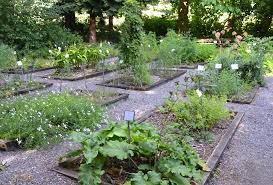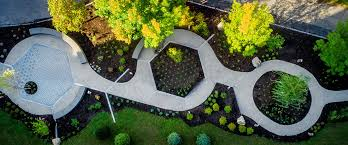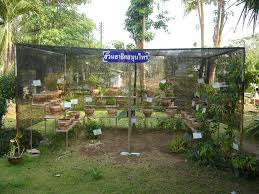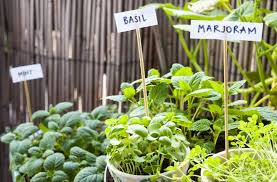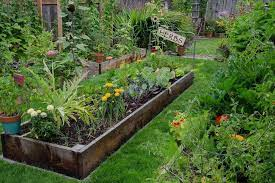MEDICINAL GARDEN KIT MEDICINAL HERBS TO GROW HERBAL FLOWERING PLANTS
A medicinal garden is a garden where herbs and plants are grown for medicinal purposes. It is a place where one can learn about the different plants that can be used for medicinal purposes and how to use them. It is also a place where one can connect with nature and learn about the healing power of plants. In this article, we will discuss the benefits of having a medicinal garden and how to create one.
Benefits of a Medicinal Garden
There are many benefits to having a medicinal garden. One of the main benefits is that it provides easy access to fresh herbs and plants that can be used for medicinal purposes. This means that you can easily make your own herbal remedies and teas from plants that you have grown yourself. This can save you money and provide you with a sense of self-sufficiency.
Another benefit of having a medicinal garden is that it can improve your health and well-being. Spending time in a garden can be therapeutic and can help reduce stress and anxiety. In addition, many of the plants grown in a medicinal garden have healing properties that can help with various ailments. For example, chamomile can help with insomnia, while lavender can help with anxiety and depression.
A medicinal garden can also be an educational tool. It provides an opportunity to learn about the different plants and their uses. This can be a great activity for children, as it teaches them about nature and how to care for plants. It can also be a great way to connect with others who have a shared interest in herbal medicine.
Creating a Medicinal Garden
Creating a medicinal garden is relatively easy. The first step is to choose a location for the garden. Ideally, it should be a sunny location with well-draining soil. You should also consider the amount of space you have available, as well as any zoning or building restrictions in your area.
Once you have chosen a location, the next step is to prepare the soil. This involves removing any weeds or debris from the area and adding organic matter, such as compost or manure. You should also test the soil to determine its pH level and nutrient content. This will help you choose the right plants for your garden.
Next, you will need to choose the plants for your garden. There are many different plants that can be grown in a medicinal garden, including herbs, flowers, and vegetables. Some of the most popular medicinal plants include echinacea, ginseng, St. John's wort, and chamomile.
When choosing plants, you should consider the climate in your area, as well as the amount of sunlight and water they will need. You should also consider the specific properties of each plant and how it can be used for medicinal purposes. For example, echinacea can be used to boost the immune system, while St. John's wort can be used to treat depression.
Once you have chosen your plants, you can start planting. Make sure to give each plant enough space to grow and spread out. You should also water the plants regularly and fertilize them as needed. You may also want to add mulch around the plants to help retain moisture and suppress weeds.
Maintaining a Medicinal Garden
Maintaining a medicinal garden is relatively easy. You should water the plants regularly and prune them as needed to encourage growth and prevent disease. You should also monitor the plants for signs of pests or disease and take appropriate action if necessary.
In addition, you should harvest the plants when they are mature and use them to make herbal remedies or teas. This can be a fun and rewarding activity that allows you to connect with nature and improve your health.
Conclusion
A medicinal garden is a wonderful addition to any home or community. It provides easy access to fresh herbs and plants that can be used for medicinal purposes, improves health and well-being, and serves as an educational tool
OFFER YOU CONSIDER TO LOOK LINK- https://www.digistore24.com/redir/379812/ssedealings/

